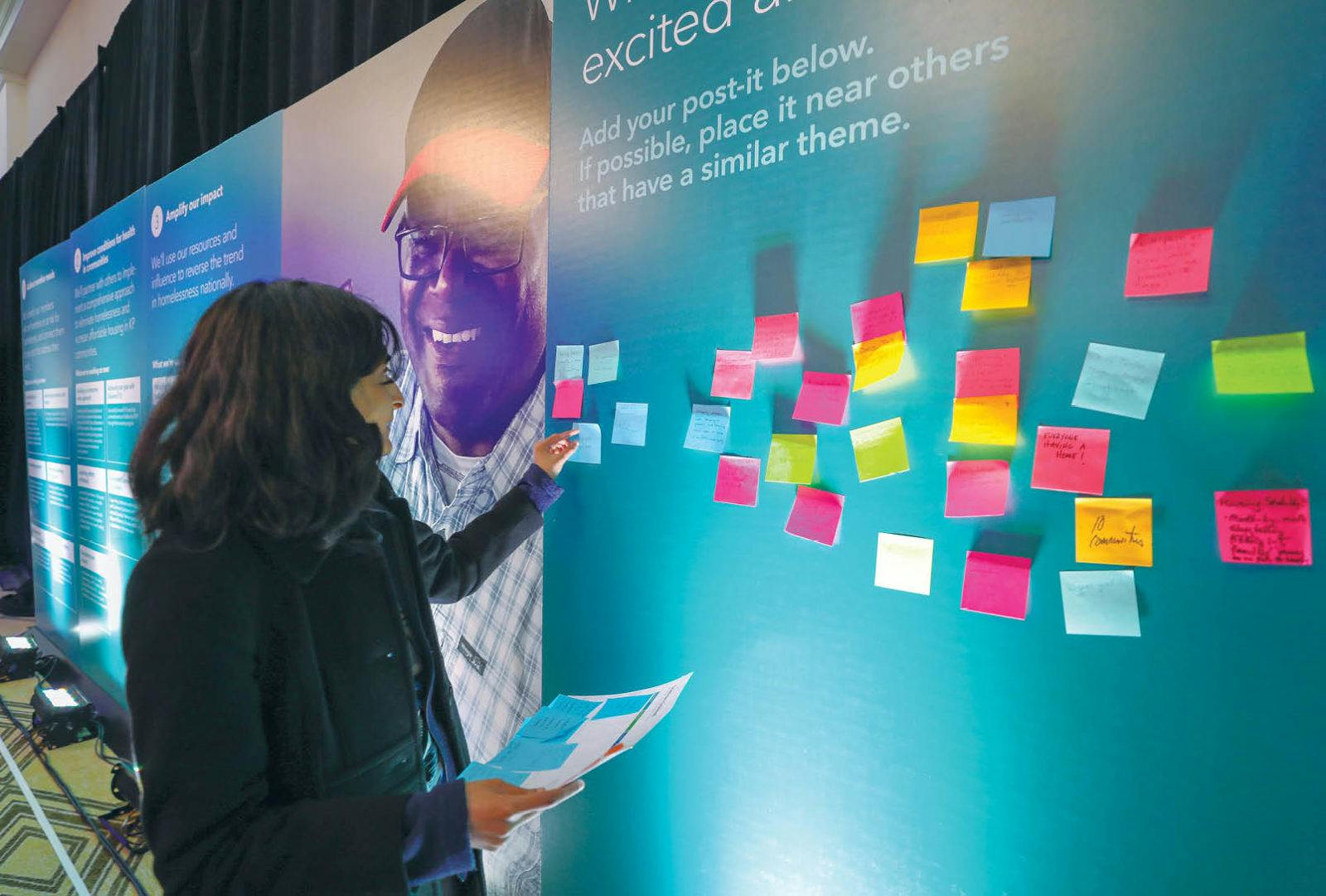Case Study
Leadership and Team Alignment Enables Implementation of Change Strategy
Client
Leader of an organization with 300 employees across a matrixed nationwide team
What We Did
Supported definition, articulation, and implementation of a new change strategy; creation of new governance structures; and realignment of teams and roles to drive implementation
Outcome
Alignment of the national matrixed team of leaders and team members around one, cohesive strategy, with new ways of working in place
Scaling Organizational Impact Through Alignment to a Common Strategy
THE SITUATION
A national organization was facing a major business transformation with a need to operate as one shared enterprise team, unified under the same strategy. Previously, each of the company’s regions across the U.S. operated independently, with their own systems and processes, and little collaboration across regions. Blue Beyond was hired primarily to support the organization in operationalizing a new, focused strategy across all regions. However, as we dug into the work, it became clear that to effectively deliver on their mission, the teams across the organization first needed to better understand the need for this new strategy, what it entailed, and what it would mean to start operating more cohesively — working as one team, from one plan. We partnered closely with the executive — and a group of key leaders who represented the perspectives of multiple regions — to help articulate the strategy and support leadership in bringing it to life within the organization.
WHAT WE DID
We began our partnership with diagnostic work — speaking with employees in every region across the organization to understand where people were in this change journey. Along the way, we discovered that many did not clearly understand – or in some cases, agree with – the strategy, or that it represented the work that they believed should be their highest priority. We quickly realized that leadership needed to come to agreement around the what and why of the strategy, and what it would mean for the organization, before implementation would be possible.
A critical, foundational step for the work was putting the strategy and key priorities down on paper. We partnered with leaders to articulate what they were trying to accomplish and why, what their strategy would enable if successful, and what it would mean for the people in their organization. Through close partnership with leaders and stakeholders across the team, and many iterations, we developed a set of key messages and assets to help leaders share the story of this work in a way that would resonate across the organization’s regions and teams.
The next phase of work was a collaborative process with organizational leaders to identify and enact a number of operational changes needed to meaningfully implement the strategy. This included establishing a governance council with accountability for delivering on the strategy, building processes and systems for integrated planning and communication, and standing up a new, integrated team responsible for operational strategy implementation.
With a clearly articulated strategy and a governance model in place, the final step was to look at the organization’s operating model and identify ways of working needed to successfully execute the strategy. It quickly became clear that to do this, the organization needed to be restructured so that all regions would report to the same centralized leader. We supported the client to drive this transition –– including redesigning the operating model to create new shared service and enterprise teams, identifying critical gaps in skills and capabilities, hiring the right people into key roles, and building understanding of the changes through compelling communications to employees and stakeholders.
OUTCOME
Through shared visibility, alignment, and ownership of a common strategy, the organization is working together in a much more integrated way. With understanding of the regional nuances and the potential impact they can have — as individuals and as a collective — they continue to work as one enterprise team.
